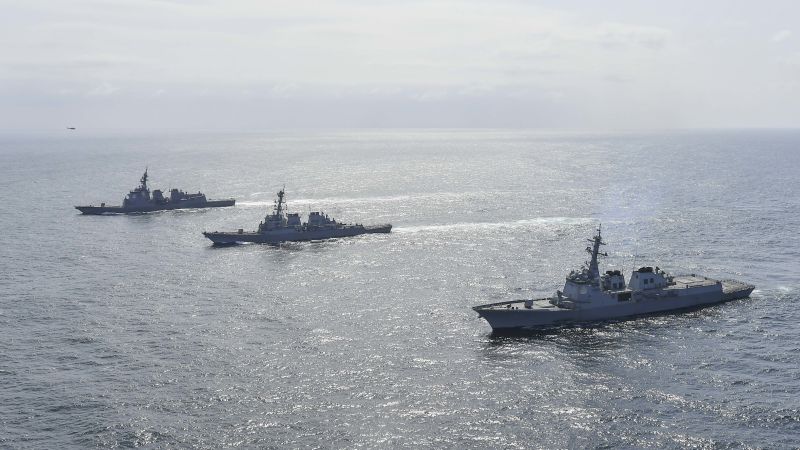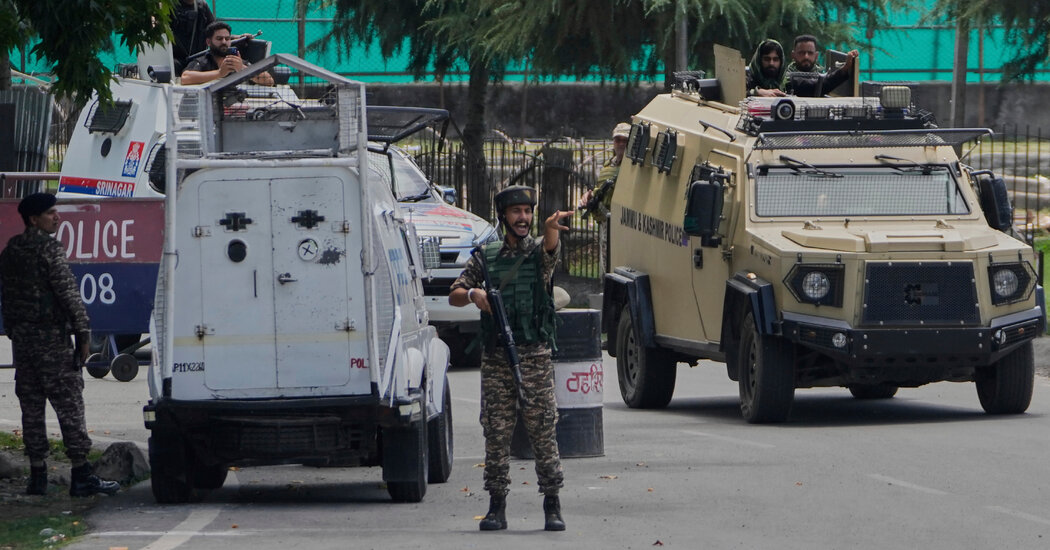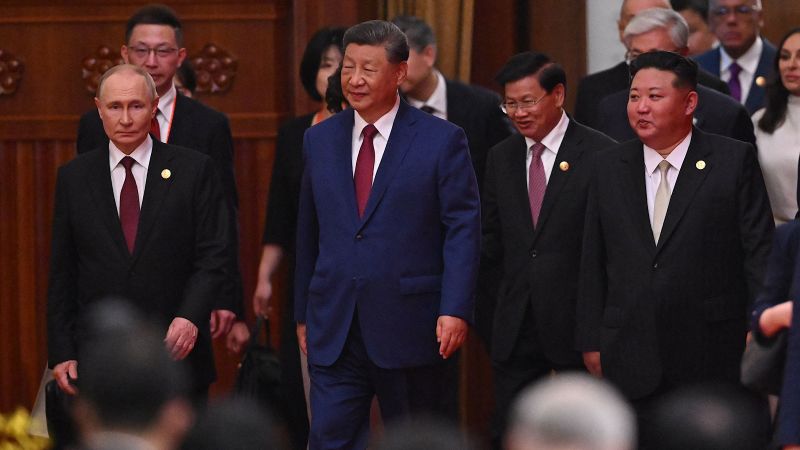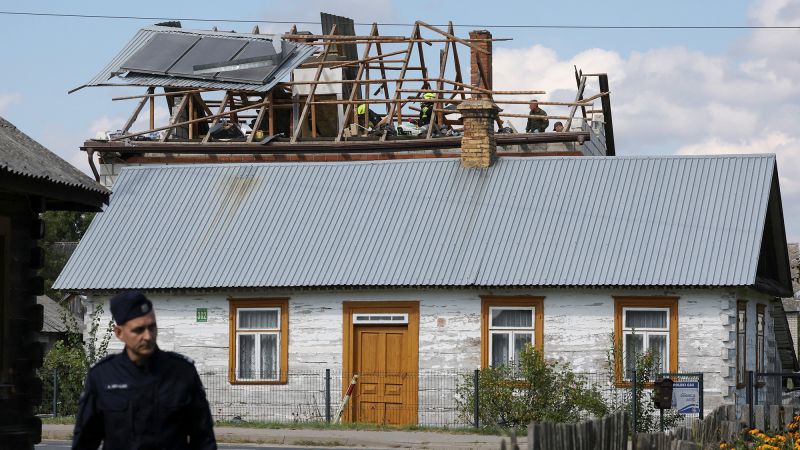
Trilateral Air and Naval Exercises in East Asia: Unity and Strategic Cooperation
World | 9/16/2025
In a display of unity and strategic cooperation, the United States, South Korea, and Japan are currently engaged in advanced trilateral air and naval exercises in East Asia. These exercises come in response to a recent challenge to the US-led global order posed by the leaders of Russia, China, and North Korea. The military maneuvers aim to demonstrate a commitment to security and stability in the region amidst evolving geopolitical dynamics.
The joint exercises, involving sophisticated air and naval assets, underscore the longstanding military alliances between the US, South Korea, and Japan. A White House official emphasized the importance of such collaboration, stating, “These exercises are vital for maintaining readiness and interoperability among our forces in the face of emerging threats.”
The timing of these exercises is significant, occurring shortly after the leaders of Russia, China, and North Korea signaled a collective challenge to the existing world order. The show of unity from the US and its regional allies serves as a strategic response to safeguarding shared interests and deterring potential threats in the Pacific region.
While the specific details of the exercises remain confidential for operational security, the broader message conveyed is one of solidarity and preparedness. The trilateral cooperation among the US, South Korea, and Japan highlights a commitment to upholding stability and security in the face of evolving challenges.
As international dynamics continue to evolve, exercises like these serve not only as a demonstration of military prowess but also as a reaffirmation of the enduring alliances that underpin regional security. The ongoing maneuvers exemplify a proactive approach by Washington and its allies in navigating a complex geopolitical landscape and ensuring the preservation of peace and stability in the Asia-Pacific region.


